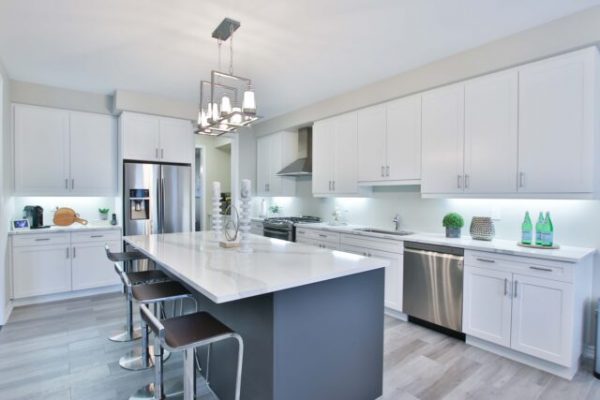
Carrying out SAP Calculations involving one of the trained consultants sap.energysmartworld.co.uk in the early planning stages can help develop the project so that not only do you get the home you want but also meet all Building Regulations and environmental guidelines
The Standard Assessment Procedure (SAP) is a methodology introduced by the Government to assess and compare the energy and environmental performance of buildings to ensure that any new construction not only complies with the Building Regulations but also all energy and environmental policy initiatives.
Its main objectives are To standardize residential energy performance assessments so that similar comparisons can be made nationally as well as to assess how much energy will be consumed by new developments when providing comfort levels and provision of services determined using standard assumptions for occupancy and behavior.
Without SAP Calculations, the property will not be signed by Building Control and may not be legally registered for rent or sale.
SAP calculations are based on the energy balance of new developments, taking into account various factors that contribute to energy efficiencies, such as materials used for construction, thermal insulation of building fabrics, air leakage characteristics of residential premises, and performance of ventilation equipment, efficiency, and control of heating systems, solar gains through openings in living quarters, fuels used to provide space and water heating, ventilation and lighting energy for space cooling and renewable energy technologies.
Energy performance indicators are energy consumption per unit floor area, Energy Cost Rating – SAP Rating, Environmental Impact Rating based on CO2 emissions – EI Rating, and Residential CO2 Emission Level or DER.
The calculations do not include individual household characteristics such as household size and heating and temperature patterns.
SAP calculations can also determine fuel costs and Environmental Impact Ratings through carbon dioxide (CO2) emissions.
SAP assessments are not limited to new developments. New extensions or conversions may require an SAP Assessment under Section L1b of the Building Rules, based on the following guidelines:
- Extension with more than 25% glass area to floor
- Warehouse conversion
- Commercial to domestic conversion
- Convert one residence into a flat or apartment
The SAP calculation is important because the SAP Assessment has been a legal requirement for all new buildings, domestic properties in the UK under Part L of the Building Regulations since 1995. The home must achieve a Pass on this calculation for the project to pass the Building Regulations.
Since so many elements of assessment are related to building construction, it is highly recommended that the SAP score be calculated and considered early in the project to provide the best information to architects, builders, surveyors, and suppliers. Achieving a pass on SAP calculations can involve many important initial design decisions.
Aside from the regulatory aspect, there is another reason why it is so important to consider your SAP score well in advance of project completion. Factors such as energy consumption and carbon output can be predicted accurately and home operating costs are minimized from early professional SAP assessments.


